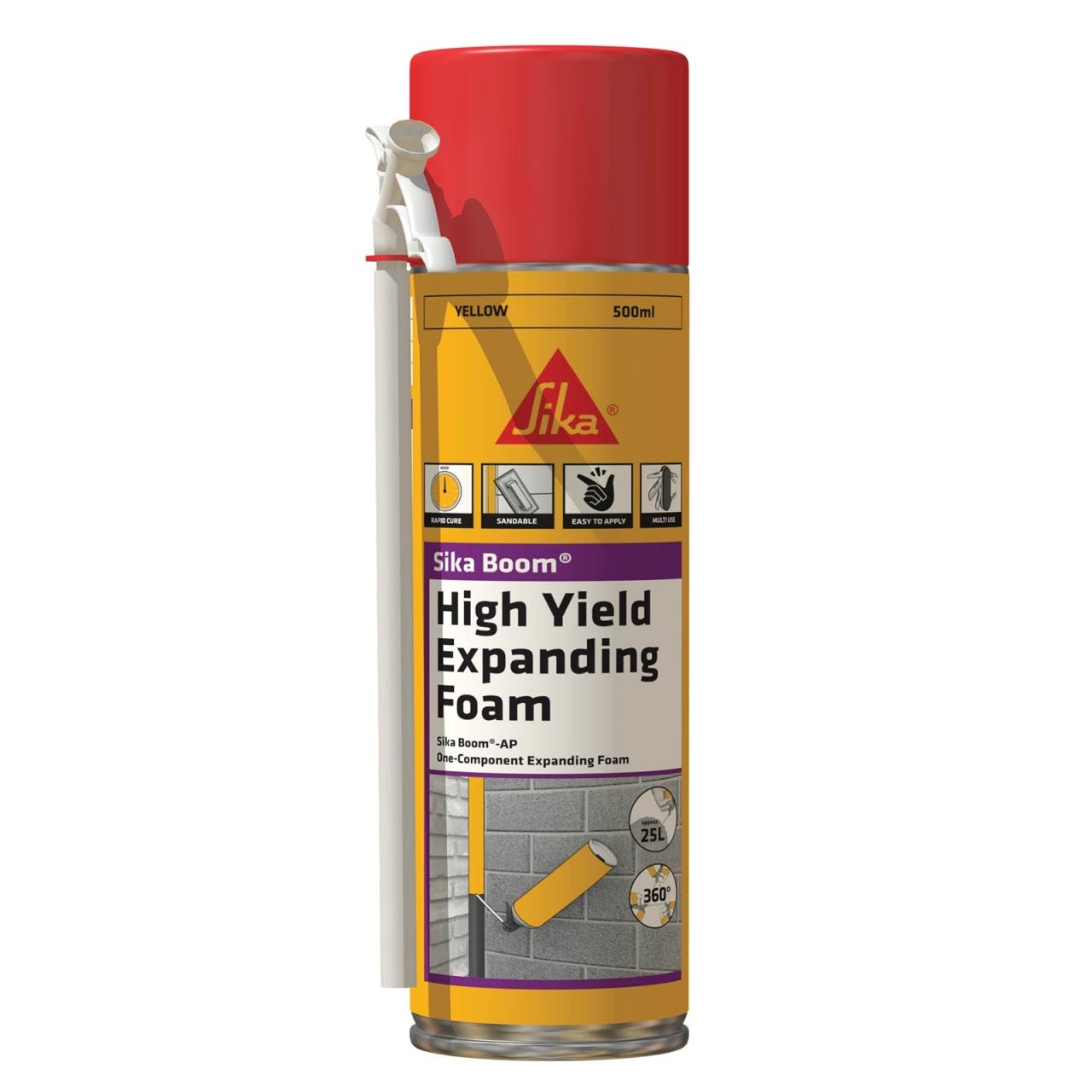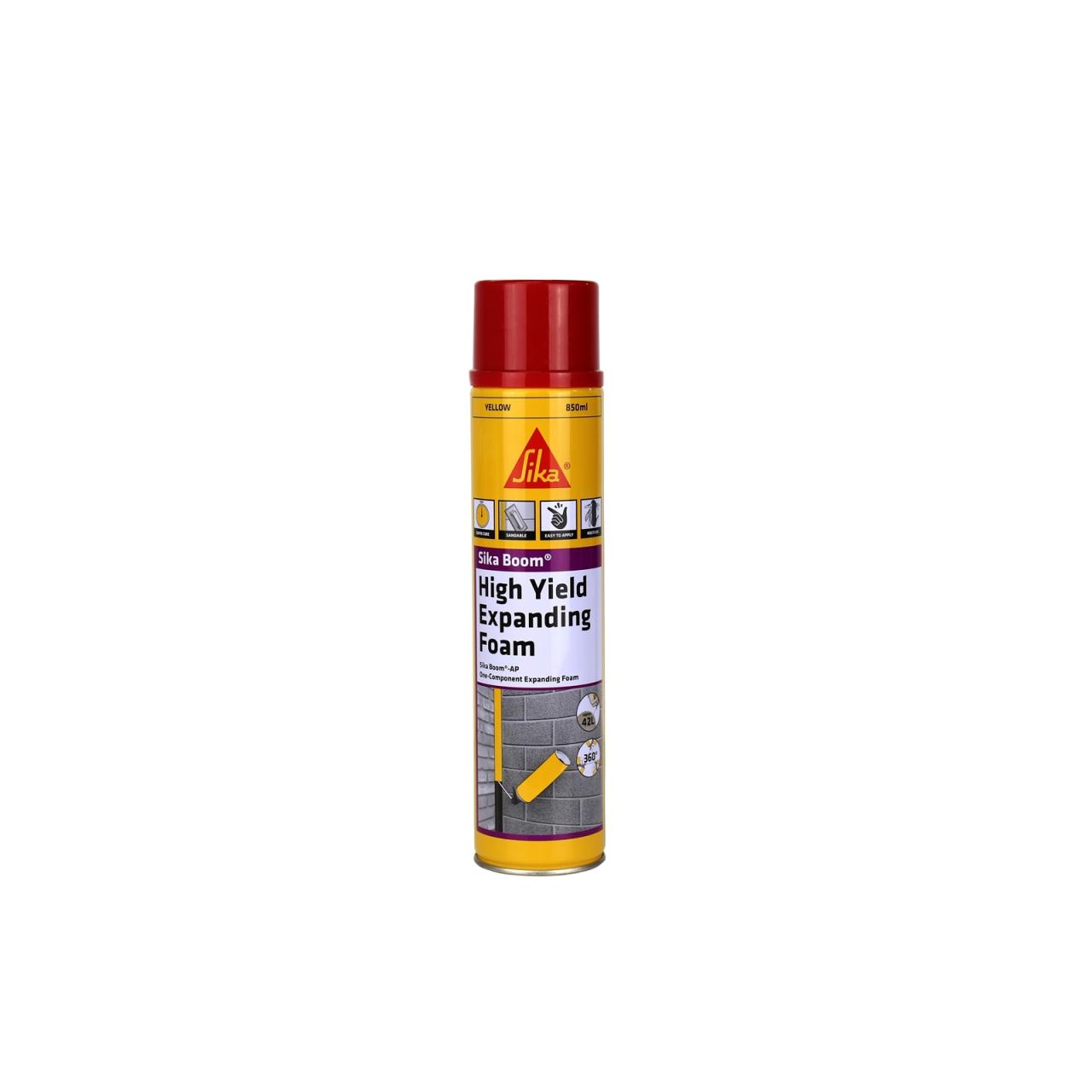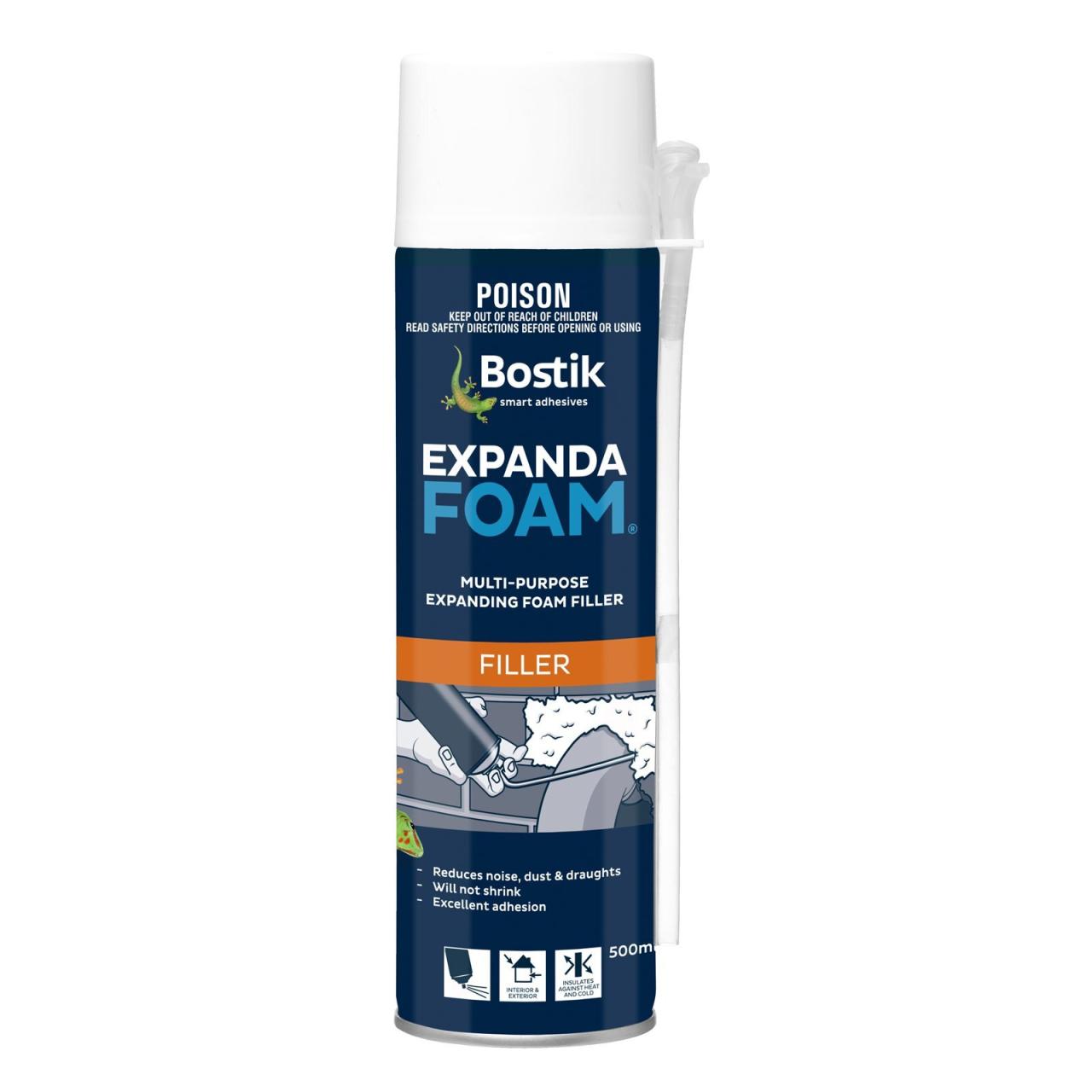Expanda foam bunnings, a remarkable product line available at Bunnings, offers a wide range of expanding foam solutions designed to meet diverse home improvement needs. From insulation and sealing to soundproofing, these foams provide effective and convenient applications for various projects.
Their exceptional features, coupled with the ease of use, make them an ideal choice for both DIY enthusiasts and professional contractors alike.
Product Description

Expanding foam is a versatile and useful product that can be used for a variety of applications, from filling gaps and cracks to insulating and soundproofing. It is a polyurethane-based material that expands when it is exposed to air, creating a firm and durable seal.
There are different types of expanding foam available at Bunnings, each with its own unique properties and applications. Some of the most common types include:
- General-purpose expanding foamis suitable for most applications, including filling gaps and cracks, insulating pipes and wires, and soundproofing.
- Fire-rated expanding foamis designed to resist fire and smoke, making it ideal for use in fire-rated assemblies.
- Low-expansion expanding foamis less likely to expand and cause damage to delicate surfaces, making it ideal for use around windows and doors.
- High-expansion expanding foamis designed to fill large gaps and cracks, making it ideal for use in applications such as insulating attics and crawl spaces.
To use expanding foam, first make sure the surface is clean and dry. Then, shake the can vigorously for at least 30 seconds. Attach the nozzle to the can and hold the can upside down. Apply the foam in a slow, even motion, filling the gap or crack completely.
Allow the foam to expand and cure for the time specified on the can.
Applications of Expanding Foam: Expanda Foam Bunnings

Expanding foam is a versatile material with a wide range of applications around the home. It is commonly used for insulation, sealing, and soundproofing.
Insulation
Expanding foam is an effective insulator, helping to reduce heat loss and improve energy efficiency. It can be used to fill gaps and cracks around windows, doors, pipes, and other openings. This helps to prevent drafts and keep the home warm in winter and cool in summer.
When you’re looking for a high-quality expanding foam, Expanda Foam Bunnings is a great option. It’s perfect for filling gaps and cracks around windows, doors, and pipes. If you’re looking for a similar product that can be used for medical purposes, I highly recommend checking out enstilar foam spray . It’s a prescription medication that’s used to treat mild to moderate eczema.
It’s a safe and effective treatment that can help relieve the itching and inflammation associated with eczema. Expanda Foam Bunnings is a great choice for home improvement projects, and enstilar foam spray is a great choice for treating eczema.
Sealing
Expanding foam is also an excellent sealant, creating a watertight and airtight barrier. It can be used to seal gaps around plumbing fixtures, electrical outlets, and other areas where moisture or air can enter. This helps to prevent leaks, drafts, and the formation of mold and mildew.
Soundproofing
Expanding foam can also be used for soundproofing, helping to reduce noise levels in the home. It can be used to fill gaps around walls, ceilings, and floors, as well as around pipes and other noisy appliances. This helps to absorb sound waves and reduce noise transmission.
Technical Specifications
Expanding foam products come with varying technical specifications, depending on their intended applications. These specifications include expansion ratio, curing time, and temperature range. It is important to consider these factors when choosing an expanding foam product to ensure optimal performance.
The expansion ratio refers to the amount of volume the foam will expand to once it has cured. This is typically expressed as a multiple of the original volume of the foam. For example, a foam with an expansion ratio of 2:1 will expand to twice its original volume.
The curing time refers to the time it takes for the foam to fully cure and reach its maximum strength. This can vary depending on the type of foam and the ambient temperature.
Factors to Consider When Choosing an Expanding Foam Product
- Expansion Ratio:The expansion ratio determines the amount of volume the foam will fill. Choose a foam with an expansion ratio that is appropriate for the size of the gap or void you are filling.
- Curing Time:The curing time determines how long it will take for the foam to fully cure and reach its maximum strength. Choose a foam with a curing time that is compatible with your project timeline.
- Temperature Range:The temperature range indicates the range of temperatures at which the foam can be applied and cured. Choose a foam that is suitable for the temperature conditions of your project.
- Adhesion:Adhesion refers to the ability of the foam to bond to different surfaces. Choose a foam that has good adhesion to the surfaces you will be applying it to.
- Fire Resistance:Fire resistance indicates the ability of the foam to resist fire. Choose a foam with a fire resistance rating that meets the requirements of your project.
Safety Precautions When Using Expanding Foam
- Wear gloves and eye protection when using expanding foam.
- Ventilate the area well before and during application.
- Do not apply expanding foam to electrical wires or components.
- Keep expanding foam away from children and pets.
- If expanding foam comes into contact with your skin, wash it off immediately with soap and water.
Customer Reviews
Customers who have used expanding foam products from Bunnings have generally been satisfied with the results. Many reviewers praise the ease of use and effectiveness of the products, while some have noted that the foam can be messy to work with.
Pros and Cons of Different Expanding Foam Products, Expanda foam bunnings
There are a few different types of expanding foam products available at Bunnings, each with its own advantages and disadvantages.
- One-component expanding foamis the most common type of expanding foam. It is easy to use and can be applied with a caulking gun. However, one-component expanding foam can be messy to work with and can take a long time to cure.
- Two-component expanding foamis a more professional-grade expanding foam that is stronger and more durable than one-component expanding foam. Two-component expanding foam is also less messy to work with and cures more quickly. However, two-component expanding foam is more expensive than one-component expanding foam.
- Fire-rated expanding foamis a type of expanding foam that is designed to resist fire. Fire-rated expanding foam is more expensive than other types of expanding foam, but it can help to protect your home from fire.
Tips on How to Choose the Right Expanding Foam Product for Your Needs
When choosing an expanding foam product, it is important to consider the following factors:
- The size of the area you need to fill
- The type of surface you are applying the foam to
- The amount of time you have to wait for the foam to cure
- Your budget
Alternatives to Expanding Foam
Expanding foam is a versatile material with many applications, but it is not the only option for insulation and sealing. Several alternative materials offer different advantages and disadvantages, making them more suitable for specific applications.
When choosing an alternative material to expanding foam, consider factors such as the required level of insulation, resistance to moisture and chemicals, and ease of application.
Fiberglass Insulation
- Advantages:Excellent thermal insulation, fire-resistant, and inexpensive.
- Disadvantages:Can be irritating to the skin and lungs, requires protective gear for installation, and can absorb moisture.
Cellulose Insulation
- Advantages:Made from recycled paper, environmentally friendly, and provides good insulation value.
- Disadvantages:Can be more expensive than other insulation options, requires professional installation, and can be susceptible to mold growth if not properly installed.
Caulk and Sealants
- Advantages:Easy to apply, creates a flexible seal, and can be used for a variety of sealing applications.
- Disadvantages:Not as effective as expanding foam for insulation, can be less durable over time, and may not adhere well to all surfaces.
When to Use Expanding Foam
- For filling large gaps and voids where insulation is needed.
- For sealing around pipes, wires, and other penetrations.
- When a quick and easy solution is required.
When to Use Alternative Materials
- For applications where fire resistance is crucial.
- When insulation with a higher R-value is needed.
- For sealing applications where flexibility and durability are important.
Closing Notes

Whether you’re seeking to enhance the energy efficiency of your home, improve sound insulation, or simply seal gaps and cracks, expanda foam bunnings offers a comprehensive range of products tailored to your specific requirements. Explore the diverse applications and technical specifications to find the perfect solution for your project.
FAQ Explained
What are the key benefits of using expanda foam bunnings?
Expanda foam bunnings offer numerous advantages, including excellent insulation properties, effective sealing capabilities, soundproofing qualities, ease of application, and versatility for various projects.
How do I choose the right expanda foam product for my needs?
Consider factors such as the desired level of insulation or sealing, the size of the area to be treated, and any specific requirements for soundproofing or fire resistance.
What safety precautions should I take when using expanda foam?
Always wear appropriate protective gear, ensure adequate ventilation, and follow the manufacturer’s instructions carefully to minimize risks associated with fumes and skin contact.